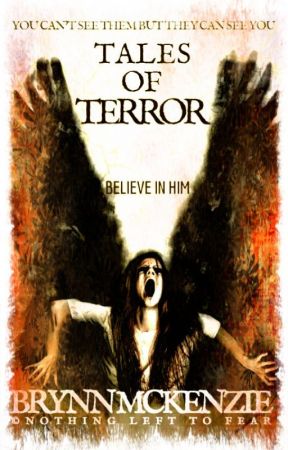Yotsuya Kaidan (四谷怪談), the story of Oiwa and Tamiya Iemon, is a tale of betrayal, murder and ghostly revenge. Arguably the most famous Japanese ghost story of all time, it has been adapted for film over 30 times, and continues to be an influence on Japanese horror today.
Written in 1825 by Tsuruya Nanboku IV as a kabuki play, the original title was Tōkaidō Yotsuya Kaidan (東海道四谷怪談). It is now generally shortened, and loosely translates as Ghost Story of Yotsuya
Story
As the most-adapted Japanese ghost story, the details of Yotsuya Kaidan have been altered over time, often bearing little resemblance to the original kabuki play, and sometimes removing the ghostly element all together. However, the base story usually remains the same and recognizable.
(Note: the following summary is of the original 1825 Nakamuraza production. As such, it does not detail the numerous subplots and characters added to the story over the intervening years.)
History
First staged in July 1825, Yotsuya Kaidan appeared at the Nakamuraza Theater in Edo (the former name of present-day Tokyo) as a double-feature with the immensely popular Kanadehon Chushingura. Normally, with a Kabuki double-feature, the first play is staged in its entirety, followed by the second play. However, in the case of Yotsuya Kaidan it was decided to interweave the two dramas, with a full staging on two days: the first day started with Kanadehon Chushingura from Act I to Act VI, followed by Tōkaidō Yotsuya Kaidan from Act I to Act III. The following day started with the Onbo canal scene, followed by Kanadehon Chushingura from Act VII to Act XI, then came Act IV and Act V of Tōkaidō Yotsuya Kaidan to conclude the program.
The play was incredibly successful, and forced the producers to schedule extra out-of-season performances to meet demand. The story tapped into people's fears by bringing the ghosts of Japan out of the temples and aristocrats' mansions and into the home of common people, the exact type of people who were the audience of his theater.

YOU ARE READING
TALES OF TERROR
Short StoryTALES OF TERROR *CreepyPastas *Urban Legends *Ghost Stories

